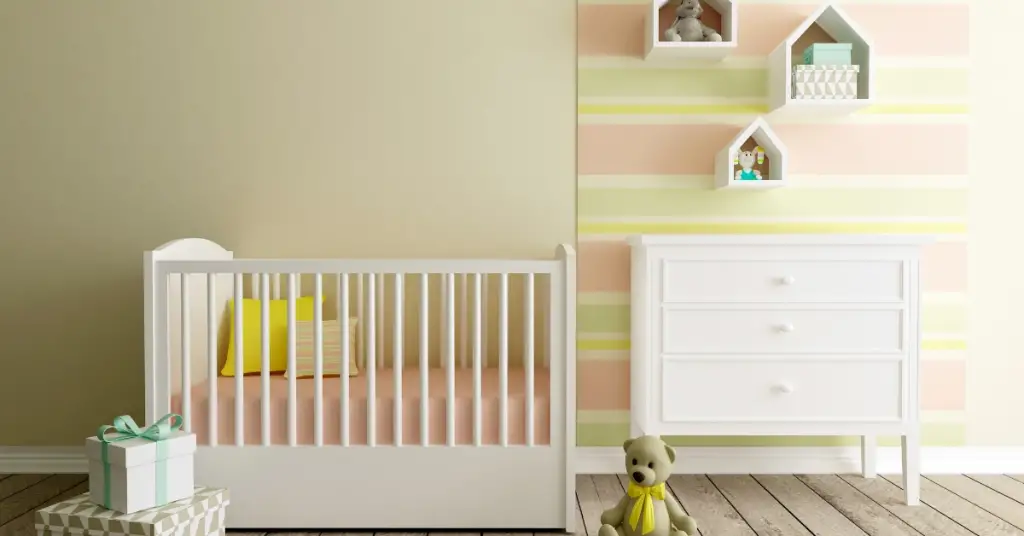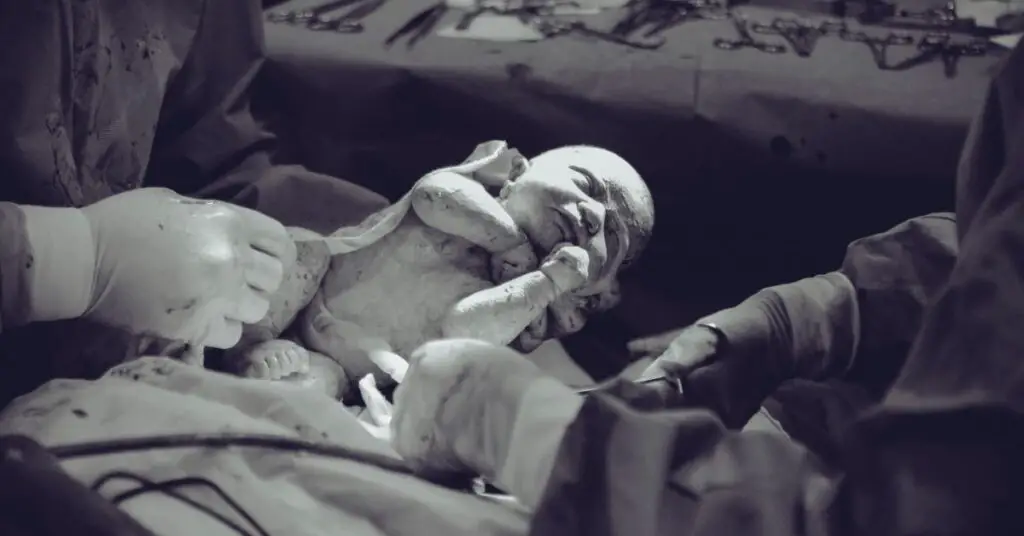You want to save money where you can as having a second child is expensive enough and you want to do what is best for your child and ensure their safety. So, what is the verdict on reusing a crib mattress for a second child?
The products mentioned on this page were independently selected by Babycious editors. As an Amazon Associate, Babycious may earn a commission from qualifying purchases.

Photo by Anna Shvets
Babies are expensive. From the moment they’re born, it seems like you’re shelling out money for everything from diapers to doctor’s appointments. So, when it comes to having a second child, many parents are faced with the question of which items to reuse and which to buy new. The crib mattress in particular stirs up a lot of debate as there is a safety concern with reusing a mattress that has already been slept on by another child.
On one hand, you want to save money where you can as having a second child is expensive enough. On the other hand, you want to do what is best for your child and ensure their safety. So, what is the verdict on reusing a crib mattress for a second child?
Although it’s recommended to get a new crib mattress for a new child, the risks associated with used mattresses are lower when the crib mattress is reused within the same house for a second child. So you can safely reuse your crib mattress for baby number two as long as it is still in a good condition and meets the criteria regarding firmness and cleanliness (detailed in this blog post).
Checklist for Your Used Crib Mattress
As the crib mattress gets used, it softens and starts to show wear and tear signs that could make it unsafe for your second baby especially if your first child was rough on the mattress or if the crib mattress was not of the greatest quality, to begin with. If you do plan on reusing your mattress, here are the things you need to check for:
- The mattress should still be firm and completely flat without any indentations. A firm mattress is a must, as a soft mattress can increase the risk of SIDS. This risk was highlighted in many studies such as this one from The New Zealand Medical Journal which found that sleeping on a soft mattress increased the risk of SIDS compared with average or hard mattresses. So if your crib mattress is not firm enough, you would better replace it and not take any risks.
You can check for the crib mattress’s firmness by pressing on the mattress in the center and at the edges. A firm mattress should not cave in or leave an impression of your hand, and it should snap back into place immediately once you remove your hand.
- The mattress should be spotless and ideally used with a mattress protector. Check for any stains from bodily fluids, food, or vomit as these could lead to the growth of mold or bacteria. This should not be an issue if you used a waterproof mattress protector which is a removable and washable cover that has a waterproof lining to prevent any liquids from seeping into the mattress.
- Storage conditions. It would be ideal if the crib mattress hadn’t been in storage between the two siblings because this lessens any chance of dampness, especially over the winter. If you have stored the mattress, it should be in a dark and dry room wrapped in a plastic cover to prevent any moisture or pests from getting in and to avoid dust build-up.
If your crib mattress checks off all these boxes, then it should be safe to reuse for your second child. The next step is to prepare your crib mattress for baby number two.
Related: Do Crib Mattresses Expire? What Parents Need to Know
Prepping Your Crib Mattress for Baby Number Two
Now that you’ve decided to reuse your crib mattress, it’s time to get it ready for your second child. Here are a few things you need to do to make sure your mattress is clean and comfortable for your new baby:
- Get a new mattress protector. Even if the old one is in a good condition and you’re tempted to reuse it, get a new one. A fresh mattress protector will give you peace of mind and it’s always good to have a spare on hand.
- Clean the mattress. You can either steam clean or vacuum clean the mattress to get rid of any mold, dust, dirt, and hair that may have accumulated over time. If you want to go the extra mile, you can also sprinkle baking soda on the mattress and let it sit for a few hours before vacuuming it off.
- Sit the mattress in the sun. Once your crib mattress is clean and dry, put it out in the sun for the day if you can. The exposure to sunshine rays is a sure way to kill any hidden bacteria or germs that may be lingering on the mattress.
Read Also: When to Lower Crib Mattress? Easy Guide to Crib Levels
About Second-Hand Crib Mattresses (avoid Them at All Costs!)
Although you may think that a used crib mattress purchased secondhand is the same as reusing your own, there is an important distinction to be made. When you purchase a mattress from a garage sale or second-hand store, you have no idea what condition it’s in or how it was used and cared for by the previous owner.
In particular, you don’t know if there were smokers in the house or if the mattress was ever used without a waterproof protector, both of which can increase the amount of toxins in the mattress. When reusing a crib mattress within your house, there are no mysteries – you know exactly what happened to it, and you also know that it fits your crib perfectly since you will likely be also reusing the same crib.
As a mom who takes SIDS very seriously, I would never purchase a second-hand crib mattress for my child – the risks are simply too high. A study published in the National Library examined the association between SIDS and used crib mattresses and found an increased risk of SIDS in infants who slept on a used crib mattress, particularly if the mattress is from another home.
Bottom Line
While reusing a crib mattress within your own home is perfectly fine, buying a second-hand crib mattress or mini crib mattress is not worth the risk to your child’s health even if it means saving a few bucks. There are plenty of other ways to save money when you’re getting ready for baby number two without skimping on safety.
The purpose of this article is informative and educational only. It’s not a substitute for medical consultation or medical care. We do not accept any responsibility for any liability, loss, or risk, personal or otherwise, incurred as a consequence, directly or indirectly, from any information or advice contained here. Babycious may earn compensation from affiliate links in this content.



